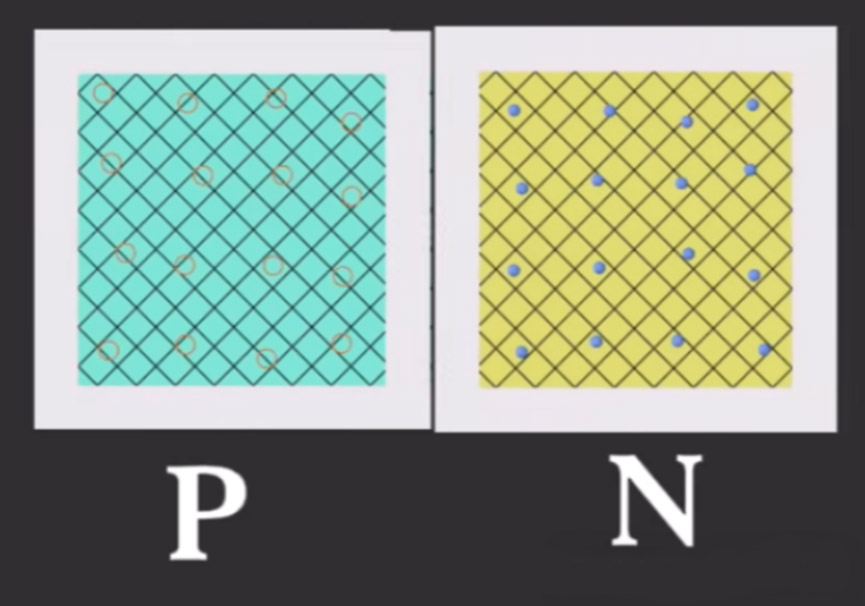
- English
- Español
- Português
- русский
- Français
- 日本語
- Deutsch
- tiếng Việt
- Italiano
- Nederlands
- ภาษาไทย
- Polski
- 한국어
- Svenska
- magyar
- Malay
- বাংলা ভাষার
- Dansk
- Suomi
- हिन्दी
- Pilipino
- Türkçe
- Gaeilge
- العربية
- Indonesia
- Norsk
- تمل
- český
- ελληνικά
- український
- Javanese
- فارسی
- தமிழ்
- తెలుగు
- नेपाली
- Burmese
- български
- ລາວ
- Latine
- Қазақша
- Euskal
- Azərbaycan
- Slovenský jazyk
- Македонски
- Lietuvos
- Eesti Keel
- Română
- Slovenski
- मराठी
- Srpski језик
Intrinsic Silicon
2025-02-26
Intrinsic silicon refers to pure silicon that is free from impurities. It is primarily used to manufacture insulating layers or specific functional layers in electronic devices because of its good conductivity and stability. At room temperature, intrinsic silicon has high resistivity, but at elevated temperatures, high impurity concentrations, or in the presence of light, it behaves like a semiconductor. This behavior results from the generation of conductive electrons and holes.
Intrinsic silicon is a fundamental material widely used in integrated circuits, solar cells, LEDs, and other applications. Its outer electronic structure is similar to that of various elements, making it chemically reactive during the doping process, which leads to the formation of alloys or impurity energy levels. This reactivity allows for the creation of materials that do not conduct electricity by adding different elements to intrinsic silicon and facilitating chemical reactions.
In chip manufacturing, doping is used to modify the conductive properties of intrinsic silicon to fulfill specific device functions. Through doping, intrinsic silicon can be transformed into either n-type or p-type semiconductors. N-type semiconductors are characterized by having electrons as majority carriers, while p-type semiconductors have holes as majority carriers. The difference in conductivity between these two types of semiconductors arises from the varying concentrations of electrons and holes, which are determined by the doped materials.
When p-type and n-type semiconductors are connected, a PN junction is formed, enabling the separation and movement of electrons and holes. This interaction is fundamental for switching and amplifying functions in electronic devices. When an n-type semiconductor comes into contact with a p-type semiconductor, free electrons from the n-region diffuse into the p-region, filling the holes and creating a built-in electric field that extends from p to n. This electric field inhibits further electron diffusion.
When a forward bias voltage is applied, current flows from the p-side to the n-side; conversely, when reverse biased, the flow of current is almost entirely blocked. This principle underlies the functioning of diodes.

Semicorex offers high-quality Silicon materials. If you have any inquiries or need additional details, please don't hesitate to get in touch with us.
Contact phone # +86-13567891907
Email: sales@semicorex.com




